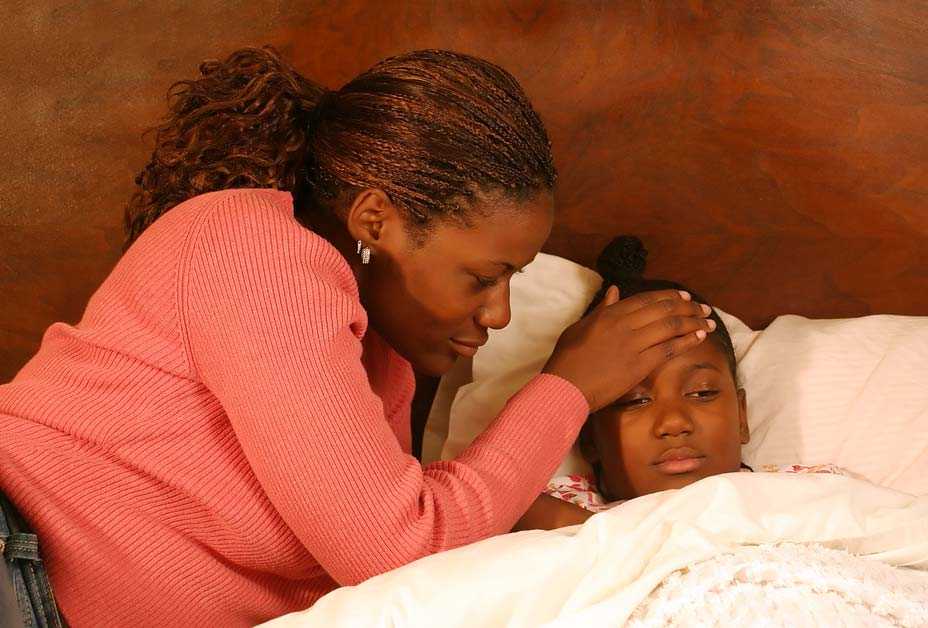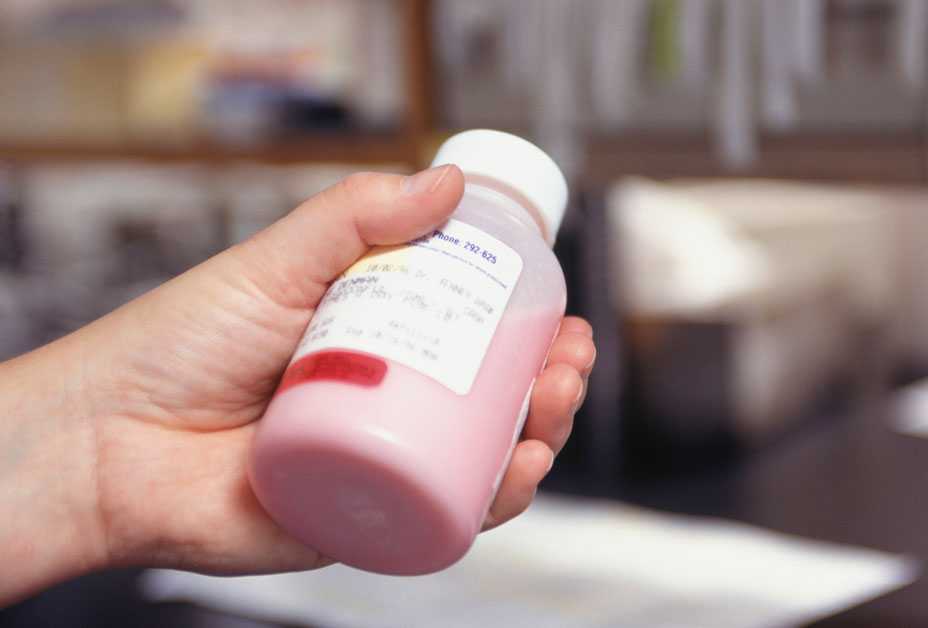Scarlet Fever
[[skahr-lit] [fee-ver]]

Scarlet fever is a bacterial infection caused by group A Streptococcus or “group A strep.” This illness affects some people who have strep throat or skin infections caused by group A strep. It is usually a mild illness, but people with scarlet fever need treatment to prevent rare but serious health problems. Doctors treat scarlet fever with antibiotics. Antibiotics help someone with scarlet fever feel better sooner and protect others from getting sick. Although anyone can get scarlet fever, it usually affects children between 5 and 15 years old. The classic symptom of the disease is a certain type of red rash that feels rough, like sandpaper.
Quiz
Key Facts
- Although anyone can get scarlet fever, it usually affects children between 5 and 15 years old.
- If you touch your mouth, nose, or eyes after touching something that has group A strep bacteria on it, you may become ill.
- Doctors treat scarlet fever with antibiotics.
- Common symptoms of scarlet fever include sore throat with painful swallowing, fever (101° F or above), and a red rash.
- Protect yourself and others by washing your hands often and not sharing eating utensils or other personal items.
Media
Scarlet Fever Podcast
Prevention Tips
- Wash your hands often with soap and water. It is especially important for anyone with a sore throat to wash his or her hands often.
- Avoid sharing eating utensils, linens towels, or other personal items. Group A strep bacteria are spread through contact with droplets from an infected person’s cough or sneeze. If you touch your mouth, nose, or eyes after touching something that has these droplets on it, you may become ill.
- If infected, take antibiotics. Treatment with antibiotics can prevent most long-term health problems from scarlet fever.
- Stay home if infected. Children with scarlet fever should stay home from school or daycare for at least 24 hours after starting antibiotics.
- Page last reviewed: January 25, 2017
- Page last updated: January 25, 2017
- Content source:


 ShareCompartir
ShareCompartir


